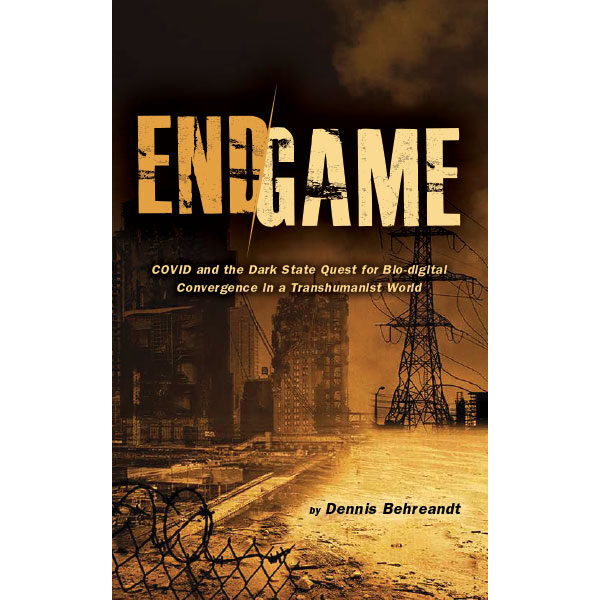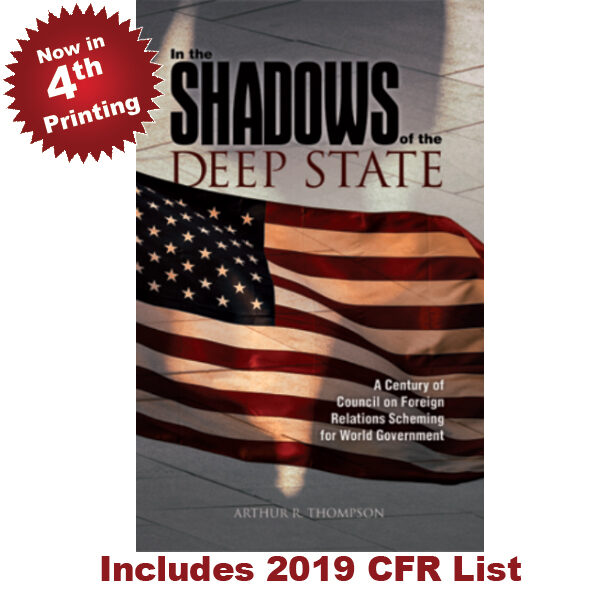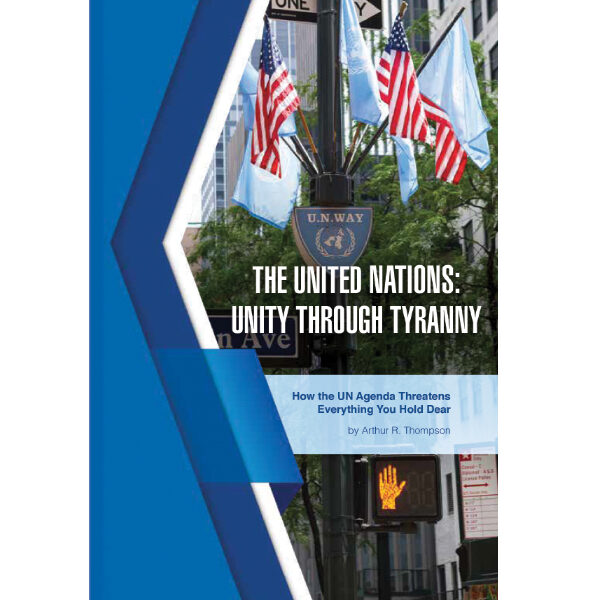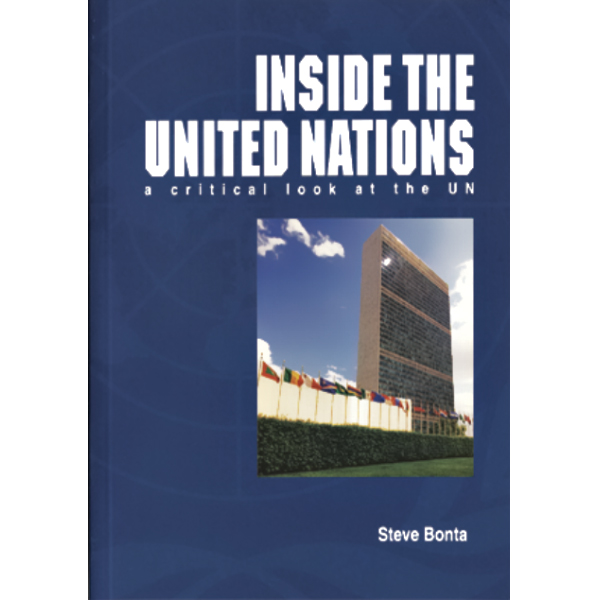Inside the United Nations: A Critical Look at the UN
Price range: $2.99 through $9.95
Georgetown, 1944: behind the iron gates of Dumbarton Oaks, American, British, and Soviet planners sketched a postwar order the public could not see. In Inside the United Nations, Steve Bonta argues the UN was built to centralize power beyond the nation-state — at America’s expense. He follows the paper trail from clandestine architects and friendly media to today’s “global community” rhetoric. The result is a concise case for safeguarding sovereignty and a lawful way out — restore U.S. independence and leave the UN.
Description
Outside Georgetown’s Dumbarton Oaks on August 25, 1944, an American nationalist argued with military police for entry to a secret conference. Behind those gates, U.S., British, and Soviet delegates — including figures later exposed as agents or loyalists to Moscow — outlined the framework that became the United Nations. In Inside the United Nations, Steve Bonta unpacks that scene and follows its consequences to the present, arguing that the institution’s design points toward world administration at the expense of national independence. The promise of “collective security” masks a transfer of authority that Americans never voted to yield.
Sovereignty stands at the center. Bonta returns to the Declaration’s claim of a people’s right to a “separate and equal station,” and to jurists like Hugo Grotius, to define what independence requires in practice. He then tallies the modern cheerleading for world administration: Robert Wright in The New Republic forecasting world government; a Wall Street Journal essay predicting sharp limits on nation-states; and Richard Gardner’s “house of world order” metaphor urging assembly by stealth. Meanwhile, speeches from UN leaders present rule-making as inevitable, so Americans grow accustomed to distant committees.
The book keeps the scope tight and the evidence accessible. Chapters move from “The Insiders” and “The UN Sovereignty Trap” through “Wars and Rumors of Wars” and “Financial Chicanery,” documenting how UN organs, treaties, and tribunals pressure the United States in military, judicial, and fiscal arenas. Footnotes pin claims to sources, shifting the debate from “conspiracy theory” to conspiracy fact. Then “Peace and How to Achieve It” and “The Solution” collect practical steps keyed to the Constitution, showing how a free country can disengage from supranational control while pursuing real peace through lawful means.
This is a brief, usable primer for readers who want sources they can verify and arguments they can repeat. It fits study nights and committee briefings because the prose is lean, the claims are cited, and the path forward is concrete. With headlines again invoking “global norms” and open-ended “peacekeeping,” the need is plain. Read it, trace the pattern, and press for policies that reclaim independence — beginning with a serious debate over continued UN membership. (2013ed, 135pp, pb)
You may also like…
-

Top Ten Reasons to Get US Out! of the UN slim jim
$2.00 Add to cart -

End Game
Price range: $3.99 through $14.95 Select options This product has multiple variants. The options may be chosen on the product page -

In the Shadows of the Deep State
$3.99 Add to cart -

The United Nations: Unity Through Tyranny
Price range: $1.99 through $9.95 Select options This product has multiple variants. The options may be chosen on the product page


